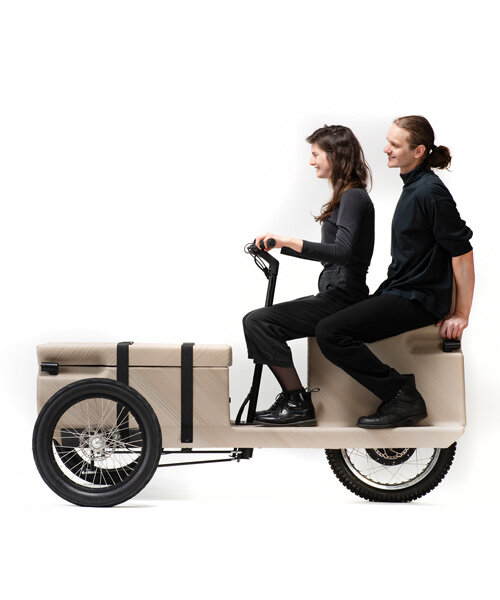In recent years, urban transport has undergone a remarkable transformation with the rapid rise of electric tricycles, revolutionizing the way people navigate bustling cityscapes. Combining the benefits of sustainable energy, compact design, and efficient mobility, electric tricycles have emerged as a versatile solution to address the challenges of congestion, pollution, and limited parking space in urban areas. These three-wheeled vehicles offer a novel approach that caters to the evolving needs of modern cities and their environmentally-conscious inhabitants.
One of the key driving forces behind the electric tricycle's surge in popularity is its eco-friendly nature. As cities grapple with the detrimental effects of vehicular emissions on air quality and global climate change, electric tricycles provide a cleaner alternative. Powered by electric batteries, they produce zero tailpipe emissions, reducing both air pollutants and noise levels. This makes them particularly appealing in areas where congestion and smog are persistent issues. By seamlessly integrating into existing transportation infrastructure, electric tricycles offer a sustainable solution that aligns with the goals of many cities striving to achieve carbon neutrality.

Beyond their environmental advantages, the compact design of electric tricycle addresses another pressing urban challenge: limited space. With the ever-increasing demand for parking and road real estate, these tricycles occupy a fraction of the space required by conventional cars. Their nimble size allows them to maneuver through congested streets with ease, alleviating traffic jams and contributing to a smoother flow of vehicles. Furthermore, their size enables efficient curbside parking, reducing the strain on parking facilities and encouraging more individuals to opt for this mode of transportation.
Efficient mobility is the cornerstone of the electric tricycle's success story. By leveraging electric propulsion, these vehicles offer a reliable and cost-effective way to traverse short to medium distances. They are particularly well-suited for urban commutes, covering the "last mile" gap between public transportation stations and final destinations. With their electric drivetrains, users can enjoy the benefits of reduced fuel costs and maintenance expenses, making them an economically viable option for a wide range of commuters.
In conclusion, the rapid ascent of electric tricycles in the realm of urban transport is rewriting the rules of mobility. By addressing critical issues such as pollution, congestion, and limited space, these vehicles have earned their place as a transformative force in modern cities. Their eco-friendly nature aligns with sustainability goals, while their compact design and efficient mobility capabilities cater to the evolving needs of urban dwellers. As technology continues to advance and awareness of environmental concerns deepens, the electric tricycle's rise is set to inspire a fundamental shift in how we perceive and navigate urban environments.
